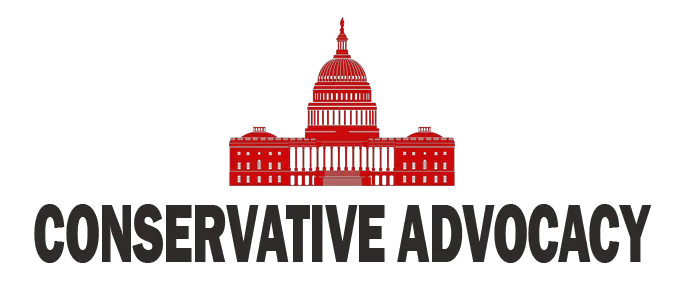As the dust settles from recent riots, a key focus is on how law enforcement across the nation prepares for large-scale protests, especially during politically charged times. According to experts in the field, including the former Los Angeles County Sheriff, there’s a blend of organization, cooperation, and, unfortunately, sometimes chaos that comes into play. With President Trump’s second term appearing to spark one of the largest single-day protests, the spotlight is on how local authorities manage the day’s events to ensure both safety and order.
In an ideal world, every protest march would have the proper permits, allowing law enforcement to smooth out the nitty-gritty details like traffic control and providing enough personnel to manage the crowds. However, with staffing under pressure in many departments, there’s a concern about whether officials will have enough boots on the ground to prevent things from getting out of hand. The burden often falls on peaceful demonstrators to maintain a civil atmosphere, which can be a tall order when fringe groups with different agendas pop up amid the crowd.
The experience from previous protests—especially those that turned violent—has led to a variety of strategies across different cities. Some jurisdictions emphasize de-escalation and dialogue, while others, like Texas and Florida, advocate for a show of strength by mobilizing the National Guard. Each approach has its merits, but the challenge lies in finding the right balance; the right to peacefully assemble must be protected, but so must the community and law enforcement officers from potential violence.
When looking back at recent history, it becomes imperative to pinpoint issues in law enforcement’s response during crises. For instance, the response of the Los Angeles Police Department (LAPD) came under fire for delaying their reaction amidst escalating violence. Criticism arose when officers on duty seemed to hesitate to intervene during critical moments, leading to more significant problems down the line. The consensus is clear: swift action is vital in preventing a small issue from growing into a larger conflict.
As proactive measures are discussed, the focus remains on what group will ultimately dictate the tone of the protests. Local leaders from various regions express hope that those energized by the killing of George Floyd will promote a peaceful gathering rather than an avenue for destruction. Despite optimism, apprehension remains regarding how well these peaceful strategies are executed. If the lessons learned from previous protests are applied, the chances of a calmer, more constructive demonstration increase, making it clear that law enforcement must not just watch but also act decisively when necessary.
As America navigates these turbulent waters, the eyes of the nation will be watching closely. Armed with knowledge from past experiences—and a hefty dose of vigilance—the hope is to find a way forward that respects citizens’ rights while ensuring law and order prevail. Ultimately, nothing less than a delicate dance between authority, protester rights, and community safety will unfold on the streets, reminding us all of the precarious balance in a democracy.




